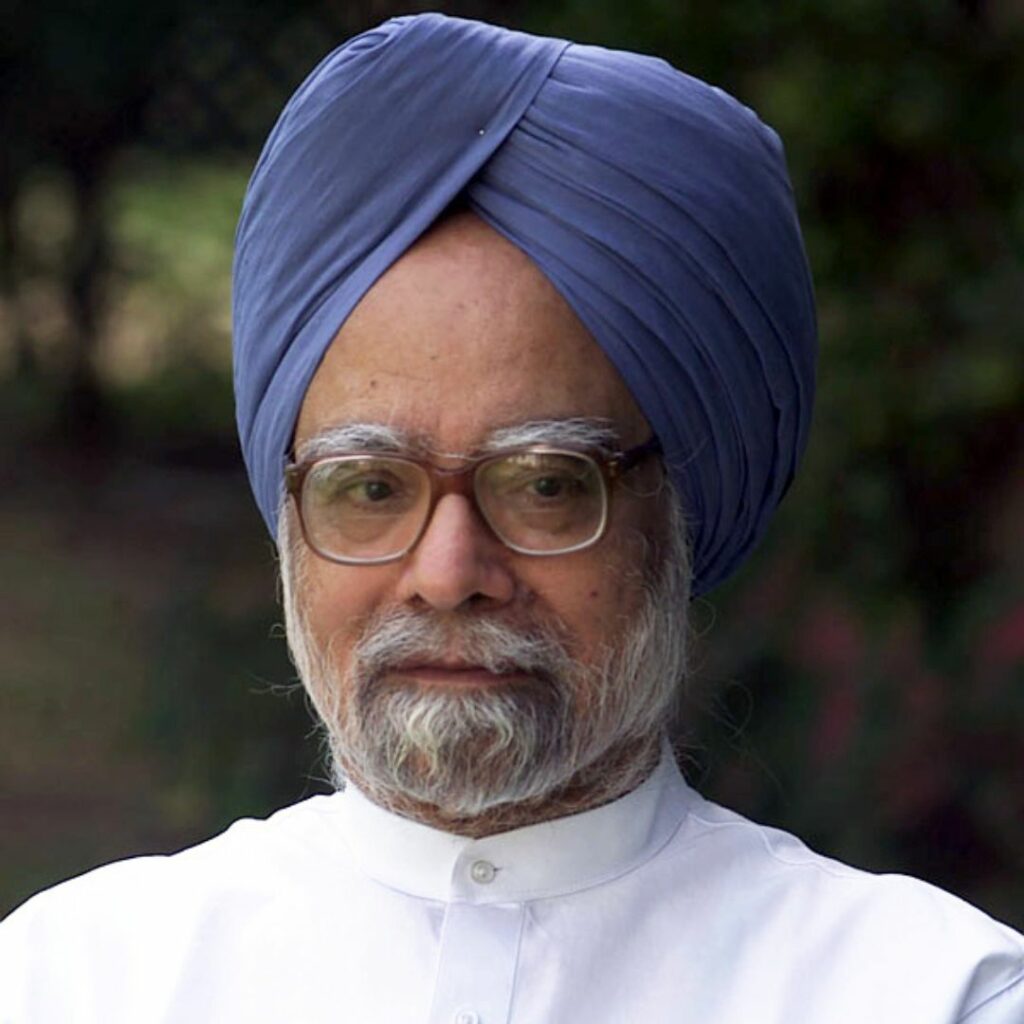For decades, traditional banking institutions held an unyielding grip on the global financial services market. Governed by stringent regulations and supported by governments, these establishments played a crucial role in shaping economies. However, the landscape is rapidly evolving due to the surge of technology, with Fintech emerging as a formidable force. In recent years, the synergy between traditional banking and Fintech has ushered in a revolution, redefining how financial services are delivered and experienced.
The rise of Fintech technology has disrupted traditional banking models, introducing a wave of personalized experiences, faster transactions, heightened accessibility, and enhanced security measures for customers. This shift has not only empowered banks to extend their influence and venture into new markets but has also elevated industry standards, benefiting both the sector and its diverse clientele.
In India, the embrace of digital financial models and the proliferation of Fintech companies have reshaped financial services. Services such as paperless lending, mobile banking, digital payments, and insurance have experienced a substantial impact. Established banks now contend with formidable players like Paytm, Google Pay, and PhonePe, reflecting a paradigm shift in consumer behaviour towards digital solutions for everyday transactions.
The UPI Surge in India
According to recent data from the National Payments Corporation of India (NPCI), overseeing UPI, both transaction volume and monetary value have tripled in the previous fiscal year (2020-21). March 2021 witnessed a staggering 2,732 million transactions, amounting to Rs. 5,04,886 crore. This surge highlights the growing acceptance of digital transactions, with the number of banks utilizing UPI expanding from 153 to 216 over the same period.
The fusion of Fintech and banking has brought about significant improvements in the financial industry. Utilizing advanced technologies such as AI, ML, and big data analytics, traditional banks are enhancing risk assessment, detecting fraud, and providing personalized financial guidance. This adoption of technology ensures that banks remain competitive, catering to the evolving needs of customers in a rapidly digitizing world.
Artificial Intelligence (AI) and Machine Learning (ML) have become integral components of the Fintech revolution. These technologies analyze vast amounts of data, enabling precise lending decisions based on creditworthiness. AI-driven algorithms provide insights into customer behaviour, market trends, and risk patterns, facilitating the delivery of personalized financial products and services. Additionally, AI and ML contribute to fraud detection, swiftly identifying and preventing illicit activities through real-time analytics.
Small and medium-sized enterprises (SMEs) globally are increasingly adopting digital Fintech solutions for efficient access to digital profits and loans. These solutions, supported by reliable infrastructure, offer e-commerce financing, online supply chain financing, and peer-to-peer lending, catering to the evolving needs of SMEs. The ease of implementation and time-saving aspects are driving the adoption of efficient systems among SMEs, creating a more streamlined and digitally transformed financial landscape.
The integration of Fintech into the banking sector marks a profound shift in the financial industry. As technology continues to advance, the opportunities for innovation in finance expand. To thrive in this transformative era, traditional banks must seize the opportunities presented by Fintech while addressing associated challenges. By consistently adapting and delivering top-notch financial services, banks can maintain their leadership in this dynamic movement, meeting the evolving demands of their customers. The symbiotic relationship between traditional banking and Fintech is shaping the future of finance, creating a more efficient, accessible, and secure financial landscape for all.
Also Read: Winter Wellness: Navigating Lifestyle Choices For Optimal Blood Pressure











